Spices that start with the letter “T” offer an incredible range of flavors—from earthy turmeric to the bold heat of Thai curry powders. Whether you’re into Indian tandoori grilling, Mediterranean herb blends, or vibrant Southeast Asian soups, there’s a “T” spice for every kitchen. These spices aren’t just for flavor; many of them also carry cultural importance and health benefits passed down through generations.
In this list, you’ll explore 30 real and globally recognized spices beginning with “T,” each with unique qualities. From well-known staples like thyme and turmeric to regionally celebrated blends like Tunisian Tabil or Tom Yum spice powder, we’re diving deep into their origin, taste, appearance, uses, and more.
1. Turmeric
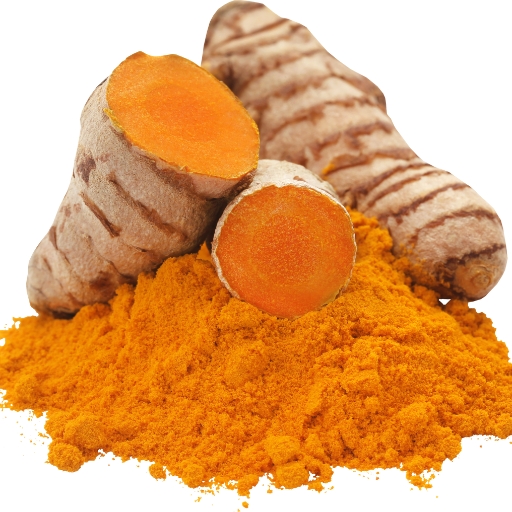
Origin and History: Native to South Asia, turmeric has been used for over 4,000 years in Indian and Ayurvedic traditions.
Appearance: A deep golden-yellow powder made by drying and grinding turmeric rhizomes.
Taste and Aroma: Earthy, bitter, and slightly peppery with a warm, musky scent.
Culinary Uses: Essential in Indian curries, rice dishes, mustards, and golden milk.
Health Benefits: Known for anti-inflammatory and antioxidant properties due to curcumin.
Fun Facts: Turmeric is sometimes called “Indian saffron” and was once used as a natural dye.
2. Thyme (Dried)
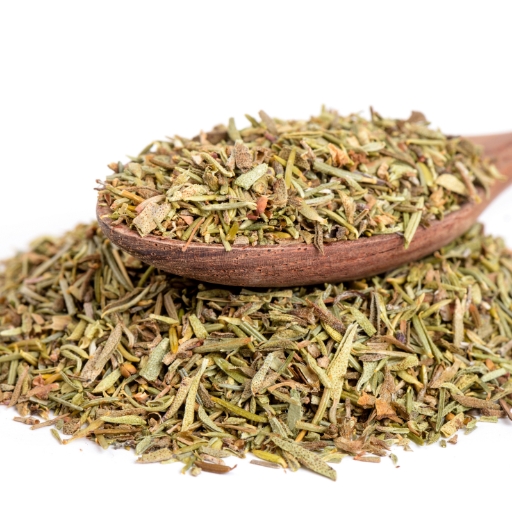
Origin and History: Used since ancient Greek and Roman times, thyme is a staple in Mediterranean cuisine.
Appearance: Small, curled, gray-green dried leaves.
Taste and Aroma: Earthy and minty with subtle lemon and pine notes.
Culinary Uses: Found in herb blends like Herbes de Provence, and great with roasted meats, stews, and vegetables.
Health Benefits: Contains thymol, which has antimicrobial properties and may aid digestion.
Fun Facts: The word “thyme” comes from the Greek word thymon, meaning courage.
3. Tamarind Powder
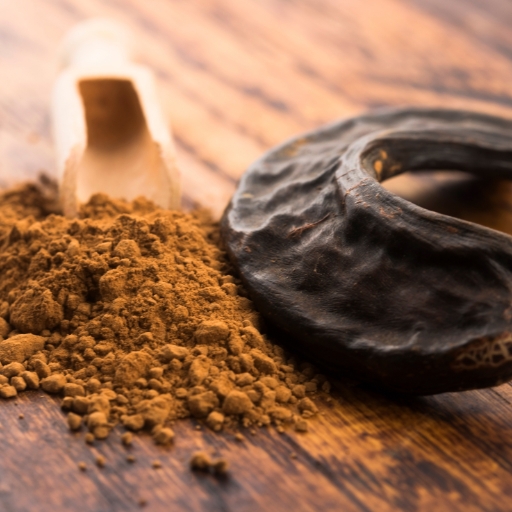
Origin and History: Tamarind is native to tropical Africa and was later spread to India and Southeast Asia.
Appearance: Light brown powder made from dried tamarind pulp.
Taste and Aroma: Sour, fruity, and tangy with a hint of sweetness.
Culinary Uses: Used in spice blends for chutneys, candies, curries, and Thai dishes.
Health Benefits: Tamarind is rich in antioxidants and supports digestion.
Fun Facts: Tamarind paste is often used to mimic sour flavors in vegan Worcestershire sauce.
4. Tellicherry Black Pepper
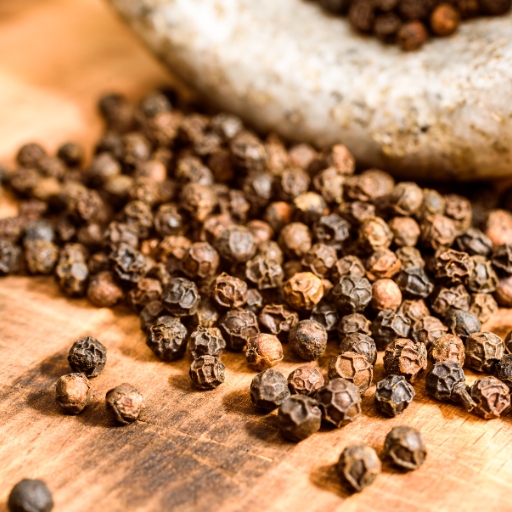
Origin and History: Grown on the Malabar Coast of India, this premium pepper gets its name from the port town of Tellicherry.
Appearance: Larger, sun-dried black peppercorns with a wrinkled surface.
Taste and Aroma: Bold, pungent, with hints of citrus and pine.
Culinary Uses: Used whole or ground for seasoning meats, sauces, and spice rubs.
Health Benefits: Helps with digestion, improves nutrient absorption, and may aid metabolism.
Fun Facts: Tellicherry pepper is considered gourmet-grade and preferred by chefs for its robust flavor.
5. Thai Red Curry Powder
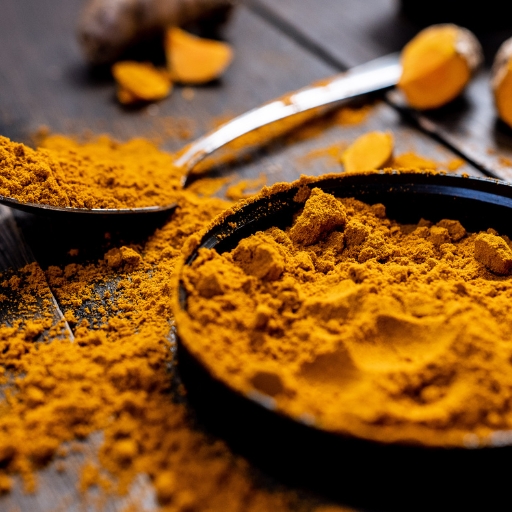
Origin and History: Derived from Thai red curry paste, this dry version was created for convenience in spice blends.
Appearance: Bright reddish-orange powder made from dried chilies, lemongrass, and spices.
Taste and Aroma: Spicy, citrusy, and aromatic.
Culinary Uses: Used in Thai curries, marinades, and stir-fry dishes.
Health Benefits: Contains capsaicin from chilies, which supports metabolism and heart health.
Fun Facts: Traditional Thai red curry paste includes galangal, garlic, and shrimp paste—many elements now found in the powdered version.
6. Thai Green Curry Powder
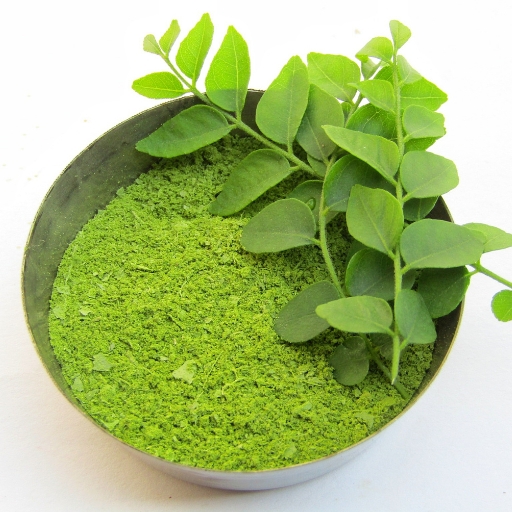
Origin and History: A dry adaptation of Thai green curry paste, developed for modern cooking needs.
Appearance: Pale green powder with specks of dried herbs and chili.
Taste and Aroma: Bright, herbal, slightly sweet with strong notes of green chili and lime.
Culinary Uses: Used in Thai curries, coconut milk sauces, and fusion soups.
Health Benefits: Ingredients like lime leaves and lemongrass offer digestive and antimicrobial benefits.
Fun Facts: Thai green curry is traditionally the hottest of the three primary Thai curries—red, yellow, and green.
7. Tandoori Masala
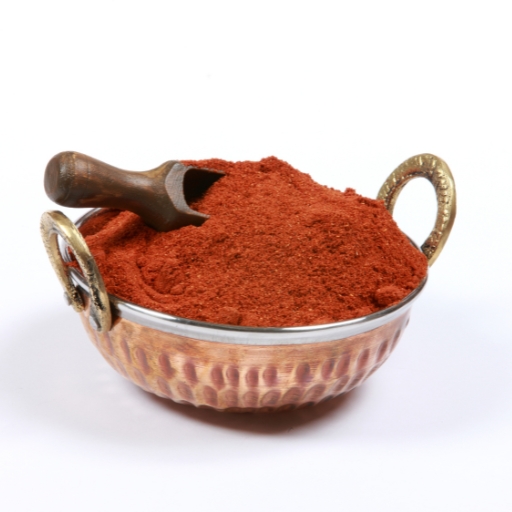
Origin and History: Originated in the Punjab region of India and Pakistan for tandoor-style clay oven cooking.
Appearance: Vibrant red or orange spice blend, sometimes enhanced with food-safe color.
Taste and Aroma: Smoky, spicy, and tangy from paprika, cumin, and garlic.
Culinary Uses: Rubbed onto meats or vegetables before grilling or baking.
Health Benefits: Many ingredients like ginger, cumin, and garlic support digestion and immunity.
Fun Facts: The spice blend gets its name from the “tandoor”—a traditional cylindrical clay oven.
8. Togarashi (Shichimi)
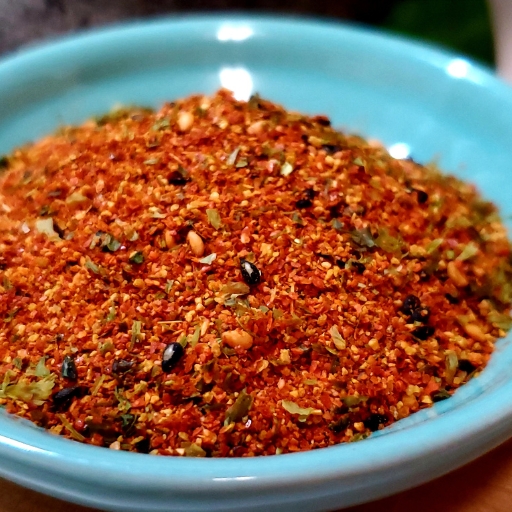
Origin and History: A Japanese 7-spice blend developed in the 17th century.
Appearance: Colorful mix of red chili flakes, sesame seeds, dried citrus peel, and seaweed.
Taste and Aroma: Spicy, nutty, and zesty with complex layers.
Culinary Uses: Sprinkled on noodles, rice, tempura, and grilled meats.
Health Benefits: Combines the benefits of chili, sesame, and seaweed, which support circulation and nutrient absorption.
Fun Facts: Shichimi Togarashi literally means “seven-flavor chili pepper” in Japanese.
9. Tikka Masala Spice Blend
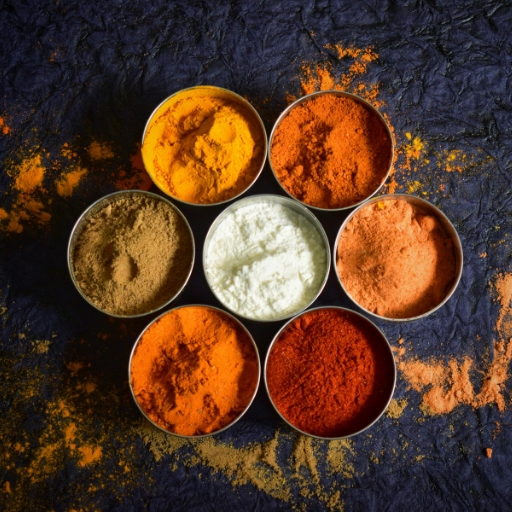
Origin and History: Though “Chicken Tikka Masala” is thought to have originated in the UK, the spice blend is rooted in Indian cuisine.
Appearance: Orange-red powder with finely ground spices.
Taste and Aroma: Rich, warm, and mildly spicy with notes of garlic, coriander, and cumin.
Culinary Uses: Used in creamy dishes like chicken tikka masala, paneer tikka, and fusion sauces.
Health Benefits: Contains turmeric, garlic, and ginger which are anti-inflammatory and digestive-friendly.
Fun Facts: Often considered a national dish of the UK, tikka masala blends British and Indian culinary traditions.
10. Tej Patta (Indian Bay Leaf)
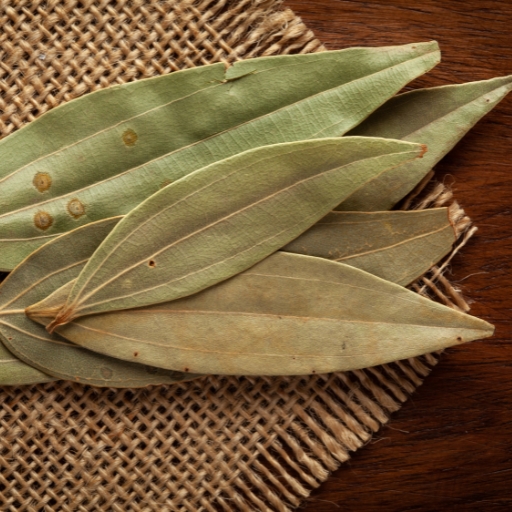
Origin and History: Native to the Indian subcontinent, different from the Mediterranean bay leaf.
Appearance: Large, olive-green, stiff leaves with 3 prominent veins.
Taste and Aroma: Warm, spicy, and slightly cinnamon-like.
Culinary Uses: Added to rice, curries, biryanis, and lentil soups during cooking.
Health Benefits: Traditionally believed to help relieve colds, improve digestion, and reduce inflammation.
Fun Facts: Tej Patta comes from the Cinnamomum tamala tree, a relative of true cinnamon.
11. Trinidad Green Seasoning (Dry Blend)
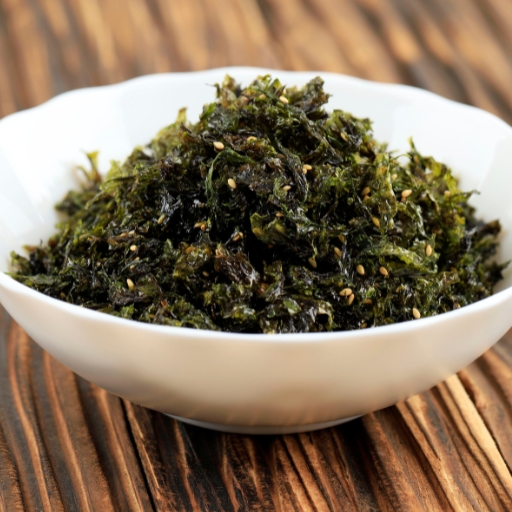
Origin and History: A staple in Caribbean kitchens, especially in Trinidad and Tobago, adapted into a dry form for storage.
Appearance: Green-tinted dry herb mix with flecks of garlic, parsley, thyme, and chives.
Taste and Aroma: Fresh, herbal, and savory with mild heat.
Culinary Uses: Used as a dry rub for meats, seafood, and in stews or rice dishes.
Health Benefits: Herbs like parsley and chives are rich in antioxidants and aid digestion.
Fun Facts: Traditionally made fresh, but dry versions now offer global convenience for island-inspired cooking.
12. Turkish Baharat
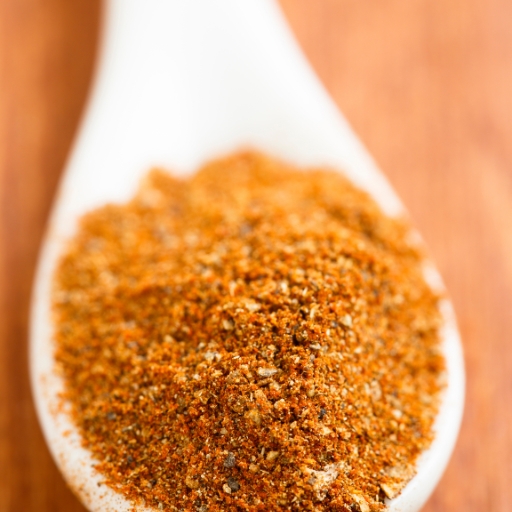
Origin and History: “Baharat” means “spice” in Arabic; Turkish Baharat is a regional variant of the Middle Eastern spice blend.
Appearance: Deep reddish-brown powder.
Taste and Aroma: Warm, peppery, and slightly sweet from cinnamon, nutmeg, cumin, and cloves.
Culinary Uses: Used in Turkish kebabs, stews, rice, and roasted vegetables.
Health Benefits: Helps improve circulation and digestion due to its warming spices.
Fun Facts: Each Middle Eastern country has its own variation of Baharat—Turkey’s version is known for its richness.
13. Tomato Powder

Origin and History: Developed as a modern convenience to add tomato flavor without moisture.
Appearance: Fine, bright red powder made from dried tomatoes.
Taste and Aroma: Tangy, slightly sweet, and savory.
Culinary Uses: Added to soups, spice rubs, instant noodles, and seasoning packets.
Health Benefits: High in lycopene, an antioxidant linked to heart health.
Fun Facts: It’s commonly used in “pizza” and “ketchup” flavored snacks.
14. Toasted Cumin Powder
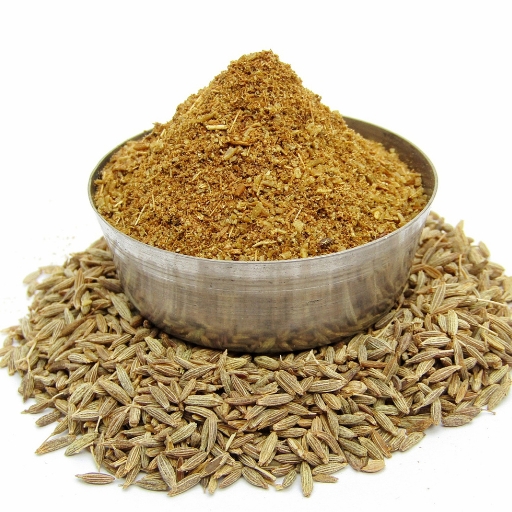
Origin and History: Common in Indian, Middle Eastern, and Mexican cuisines; toasting enhances the cumin’s depth.
Appearance: Brown, finely ground powder darker than regular cumin.
Taste and Aroma: Smoky, earthy, and nutty with strong cumin character.
Culinary Uses: Used in chaats, spice rubs, lentil dishes, and dips.
Health Benefits: Supports digestion and may help reduce blood sugar.
Fun Facts: Toasting cumin is an essential step in many Indian dishes, especially street food.
15. Tamarind Chili Powder
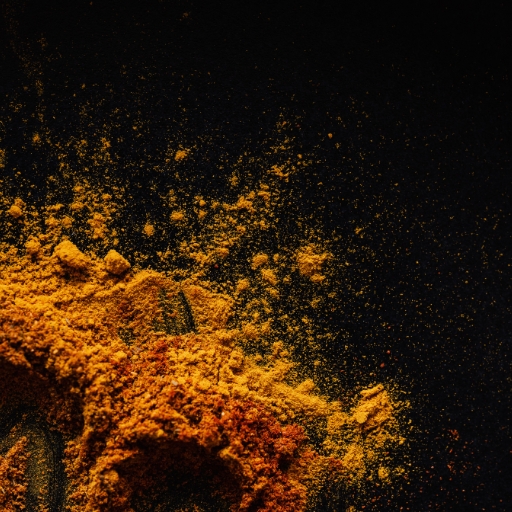
Origin and History: A modern fusion spice from Mexican and Indian culinary traditions.
Appearance: Reddish-brown blend with chili and tamarind.
Taste and Aroma: Tangy, spicy, and slightly sweet.
Culinary Uses: Used in snacks, candies, fruit toppings, and chaat-style mixes.
Health Benefits: Contains antioxidants and promotes appetite.
Fun Facts: Popular in Indian street food like “imli candy” and Mexican “tamarindo” treats.
16. Tex-Mex Spice Blend
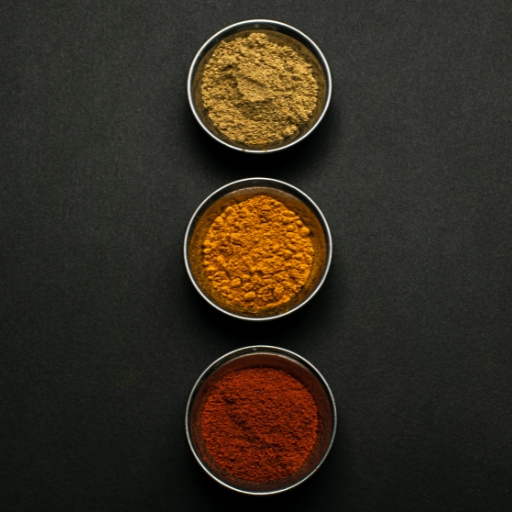
Origin and History: A U.S.-Mexico border-region invention blending American and Mexican seasonings.
Appearance: Reddish-brown spice blend.
Taste and Aroma: Smoky, savory, and mildly spicy with garlic and cumin notes.
Culinary Uses: Used in tacos, chili, fajitas, and grilled meats.
Health Benefits: Often includes garlic and oregano which have antimicrobial properties.
Fun Facts: Tex-Mex cuisine has become a globally recognized food style with its own flavor identity.
17. Tarragon (Dried)
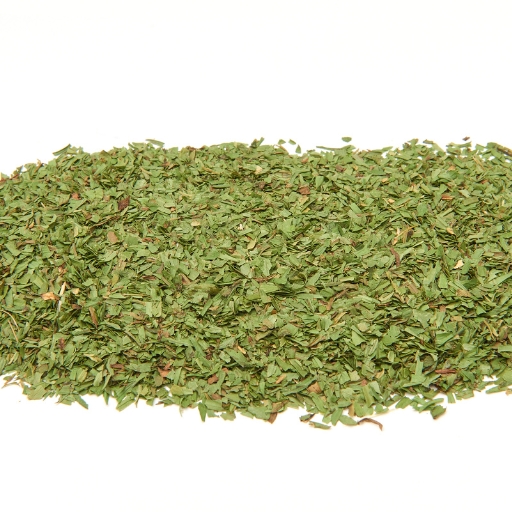
Origin and History: Native to Eurasia, tarragon is a key herb in French cuisine.
Appearance: Long, narrow, pale-green dried leaves.
Taste and Aroma: Slightly bittersweet with a strong anise or licorice flavor.
Culinary Uses: Used in sauces (like béarnaise), herb mixes, and vinegar infusions.
Health Benefits: May support appetite and digestion, and contains antioxidants.
Fun Facts: Known as the “king of herbs” in France, especially for pairing with chicken and fish.
18. Thai Lemongrass Seasoning
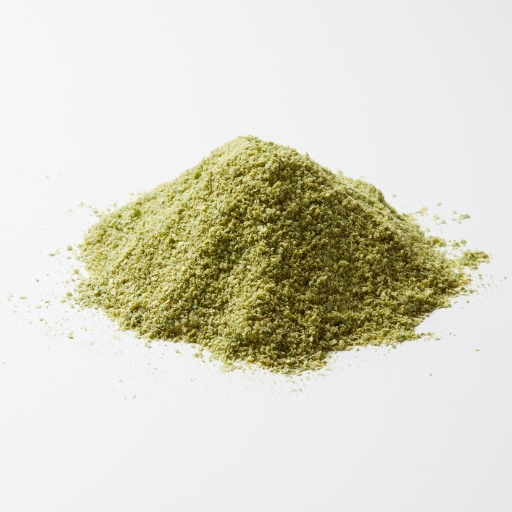
Origin and History: Derived from Thai cuisine where lemongrass is a staple aromatic.
Appearance: Pale yellow to greenish powder with herb and citrus flecks.
Taste and Aroma: Citrus-forward, lemony, slightly sweet and herbal.
Culinary Uses: Used in marinades, soups (like tom yum), and grilled dishes.
Health Benefits: Lemongrass is known for its antimicrobial and anti-inflammatory effects.
Fun Facts: It’s often used in detox teas and oils for both culinary and wellness purposes.
19. Tandoori BBQ Rub
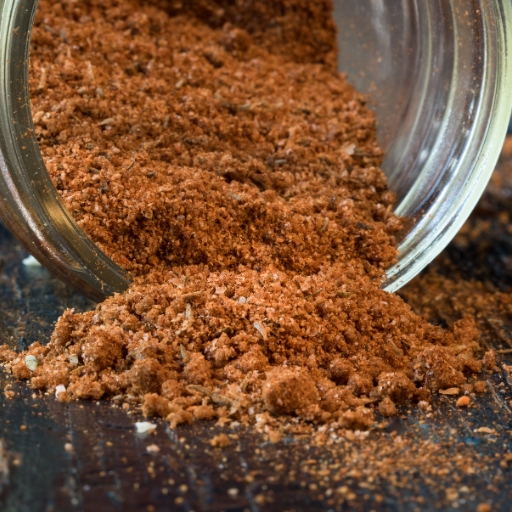
Origin and History: A Western adaptation of tandoori masala with added smoky BBQ flavor.
Appearance: Brick-red powder blend with coarse spices.
Taste and Aroma: Smoky, spicy, tangy, and slightly sweet.
Culinary Uses: Ideal for marinating meats before grilling or roasting.
Health Benefits: Often includes turmeric, garlic, and paprika which boost immunity and digestion.
Fun Facts: Some commercial versions mimic charcoal flavor to replicate clay oven cooking.
20. Tamarind Seed Spice (Roasted & Ground)
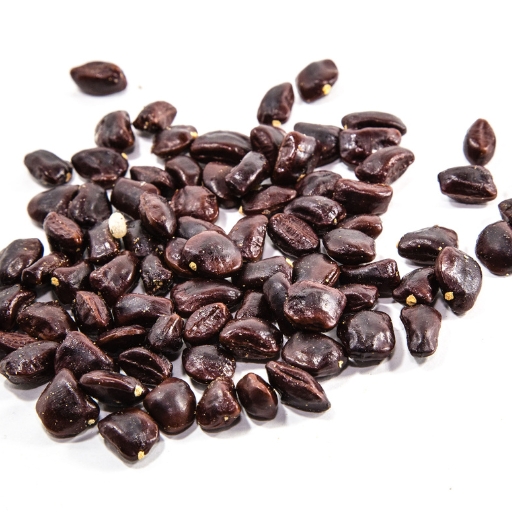
Origin and History: Popular in South Indian kitchens where nothing from tamarind pods goes to waste.
Appearance: Dark brown, coarse powder.
Taste and Aroma: Mildly sour with earthy bitterness.
Culinary Uses: Used in South Indian chutneys, rasam, and spice pastes.
Health Benefits: Believed to aid digestion and relieve gastric issues.
Fun Facts: Tamarind seeds are also used in traditional medicine and homemade skincare.
21. Tangy Chaat Masala (with Tamarind)
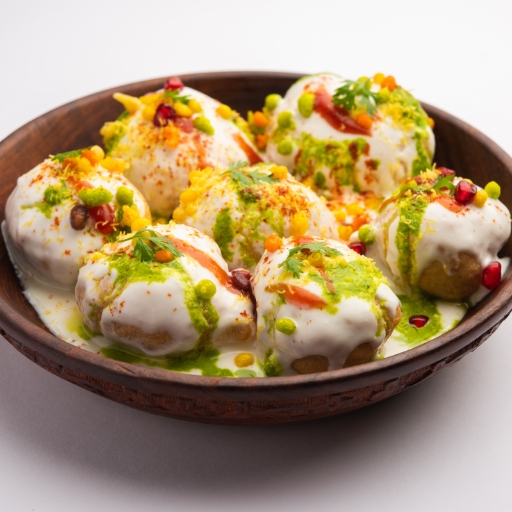
Origin and History: Originates from North Indian street food stalls, this version blends traditional chaat masala with tamarind.
Appearance: Dark, grainy powder with visible specks of spices and tamarind.
Taste and Aroma: Tangy, salty, slightly sweet, and pungent with tamarind and black salt.
Culinary Uses: Sprinkled on fruits, salads, fried snacks, or used to season chaats.
Health Benefits: Stimulates appetite and aids digestion.
Fun Facts: Tamarind adds a unique layer that makes this spice blend addictive in Indian snacks.
22. Tunisian Tabil
Origin and History: A North African staple, Tabil means “seasoning” in Tunisian Arabic.
Appearance: Light reddish-brown spice blend with a medium-fine texture.
Taste and Aroma: Earthy, slightly spicy, and aromatic from caraway and garlic.
Culinary Uses: Used in stews, meats, couscous, and grilled vegetables.
Health Benefits: Rich in anti-inflammatory spices like coriander and garlic.
Fun Facts: Tabil is sometimes made fresh at home using mortar and pestle in Tunisia.
23. Tom Yum Spice Powder
Origin and History: Inspired by Thailand’s famous Tom Yum soup, this powder is a dry convenience version.
Appearance: Light orange powder with green and red flecks.
Taste and Aroma: Zesty, spicy, and sour with lemongrass and chili.
Culinary Uses: Used in instant noodle packets, soup powders, or rubs for seafood.
Health Benefits: Includes immune-boosting ingredients like galangal and lime leaf.
Fun Facts: Tom Yum is one of Thailand’s most recognized culinary exports.
24. Tapenade Spice Blend

Origin and History: Based on Provençal tapenade, this dry spice mix captures the olive-based condiment flavor.
Appearance: Coarse herb blend with dried olives, garlic, and caper flakes.
Taste and Aroma: Briny, herby, and slightly tangy.
Culinary Uses: Rubbed on chicken, mixed into dips, or sprinkled over pasta.
Health Benefits: Contains antioxidant-rich herbs and olive flakes.
Fun Facts: Makes a great dry rub version for travel-friendly Mediterranean flavors.
25. Turmeric Salt
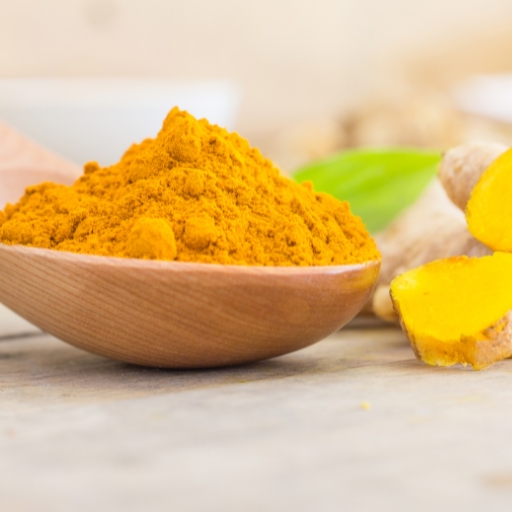
Origin and History: A modern fusion seasoning combining two culinary staples—turmeric and salt.
Appearance: Golden yellow, fine salt crystals.
Taste and Aroma: Mildly salty with earthy, bitter turmeric notes.
Culinary Uses: Used as a finishing salt on eggs, avocado toast, or roasted veggies.
Health Benefits: Combines anti-inflammatory benefits of turmeric with trace minerals in salt.
Fun Facts: Popular among foodies for adding color and health benefits in one shake.
26. Tangier Spice Mix
Origin and History: Inspired by Moroccan cuisine, particularly from the port city of Tangier.
Appearance: Reddish-orange fine powder.
Taste and Aroma: Warm, slightly sweet, and mildly spicy from turmeric, ginger, and paprika.
Culinary Uses: Used in tagines, rice dishes, and roasted meats.
Health Benefits: Contains turmeric and ginger which aid in digestion and reduce inflammation.
Fun Facts: Named after a coastal city known for its blend of Mediterranean and North African flavors.
27. Tandoori Prawn Masala
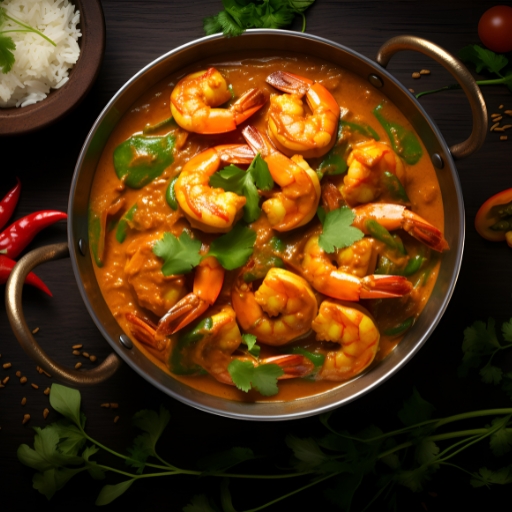
Origin and History: A seafood-specific Indian spice blend tailored for marinating prawns.
Appearance: Reddish powder with a slightly coarse grind.
Taste and Aroma: Smoky, spicy, and tangy from paprika, garlic, and dry mango.
Culinary Uses: Used for marinating prawns before grilling or pan-frying.
Health Benefits: Ingredients like garlic and turmeric provide immune and heart benefits.
Fun Facts: Variations include a dash of mustard or ajwain for extra seafood flavor depth.
28. Tabil (Alternative Spelling)
Origin and History: A spelling variant still used in parts of Algeria and Tunisia.
Appearance: Same as Tabil – reddish, coarse blend.
Taste and Aroma: Earthy and aromatic, similar to caraway and garlic blends.
Culinary Uses: Used interchangeably with the original Tunisian Tabil in stews and grilled meat.
Health Benefits: Caraway and coriander help with digestion.
Fun Facts: The dual spelling reflects the influence of French colonial and regional dialects.
29. Toasted Mustard Powder
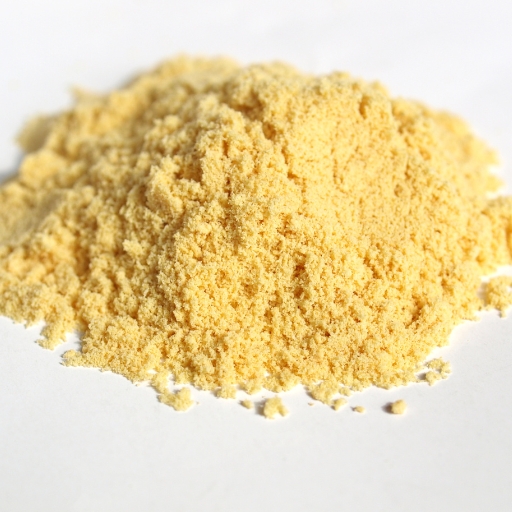
Origin and History: Used in Indian pickling and Western-style rubs, toasting boosts flavor.
Appearance: Light to golden brown powder.
Taste and Aroma: Nutty, bold, and slightly pungent with roasted depth.
Culinary Uses: Added to pickles, barbecue rubs, or spice blends for vegetables.
Health Benefits: Aids metabolism and provides selenium and omega-3 fatty acids.
Fun Facts: Mustard seeds must be toasted carefully—overheating can make them bitter.
30. Thai Sweet Chili Seasoning (Dry)
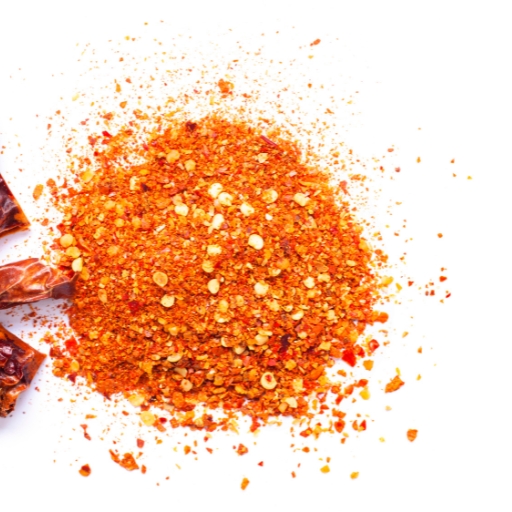
Origin and History: Based on Thailand’s popular sweet chili sauce, transformed into a dry version.
Appearance: Light reddish blend with sugar crystals and chili flecks.
Taste and Aroma: Sweet, spicy, and tangy.
Culinary Uses: Used on popcorn, chicken wings, and as a dip seasoning.
Health Benefits: Adds flavor with less oil compared to the sauce version.
Fun Facts: It’s a popular flavor for chips and snack coatings in Asia and the West.
Final Thoughts
The world of spices starting with the letter T is surprisingly vast and flavorful. From ancient treasures like turmeric and thyme to global favorites like tandoori masala and Thai curry powders, each of these spices brings its own history, flavor, and cultural richness to the table. Whether you’re experimenting with bold blends like Tunisian Tabil or adding a golden glow with turmeric salt, these T-spices can elevate your cooking in exciting ways. Try a few in your next meal—you might just discover a new favorite.







Leave a Reply